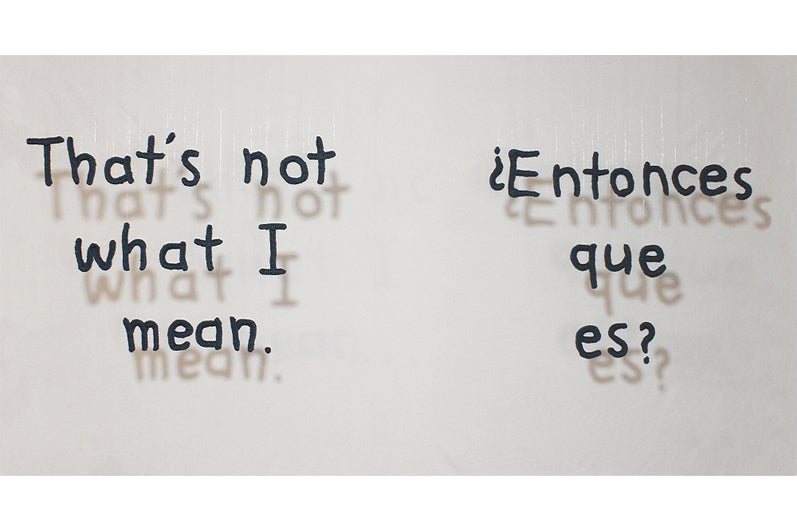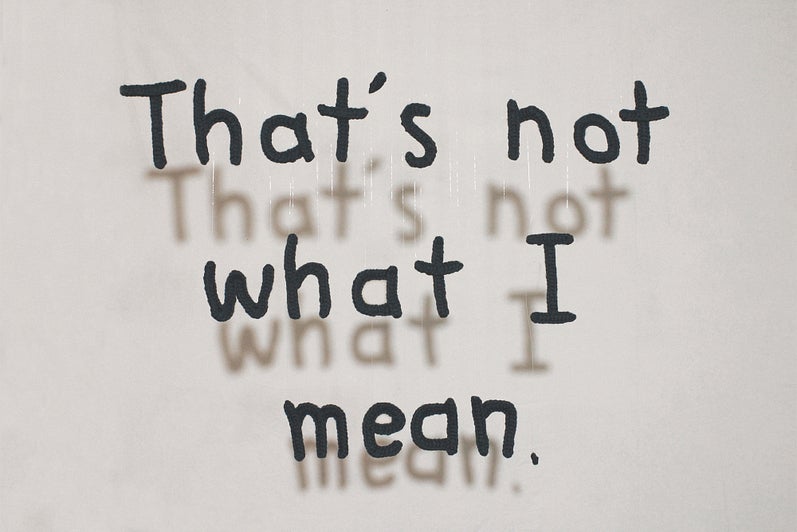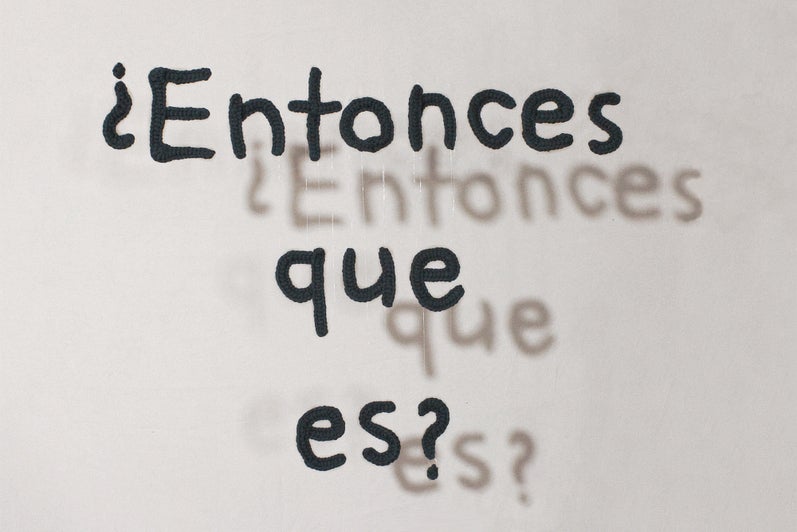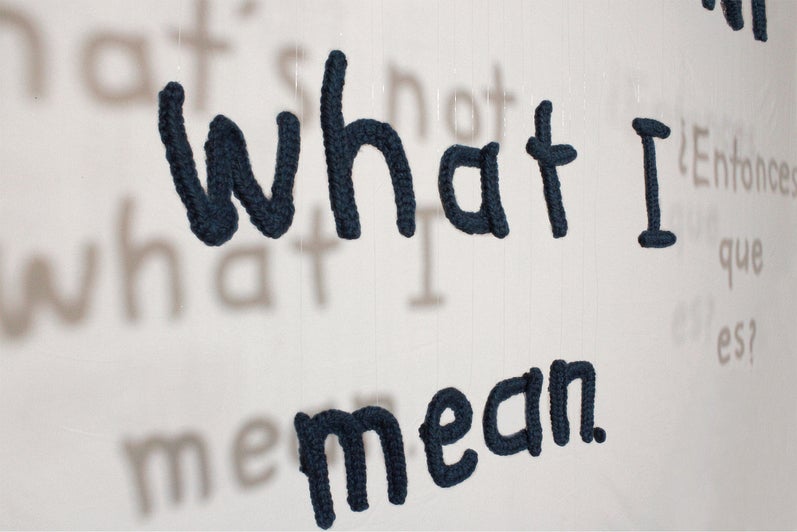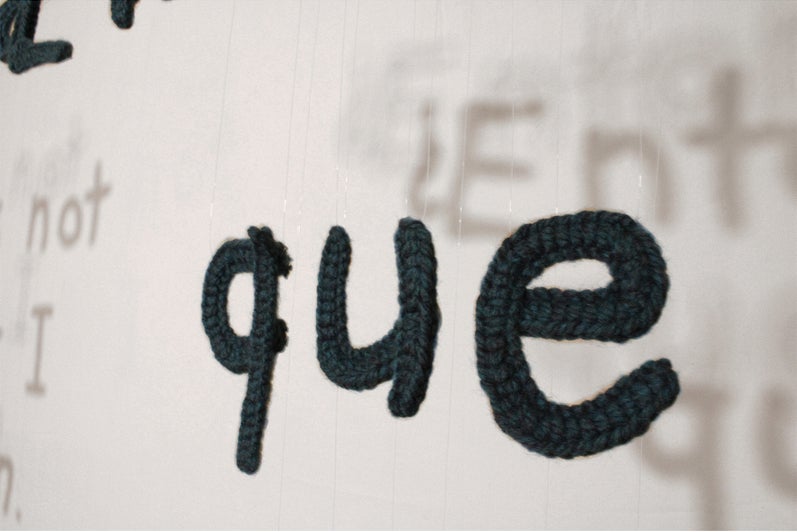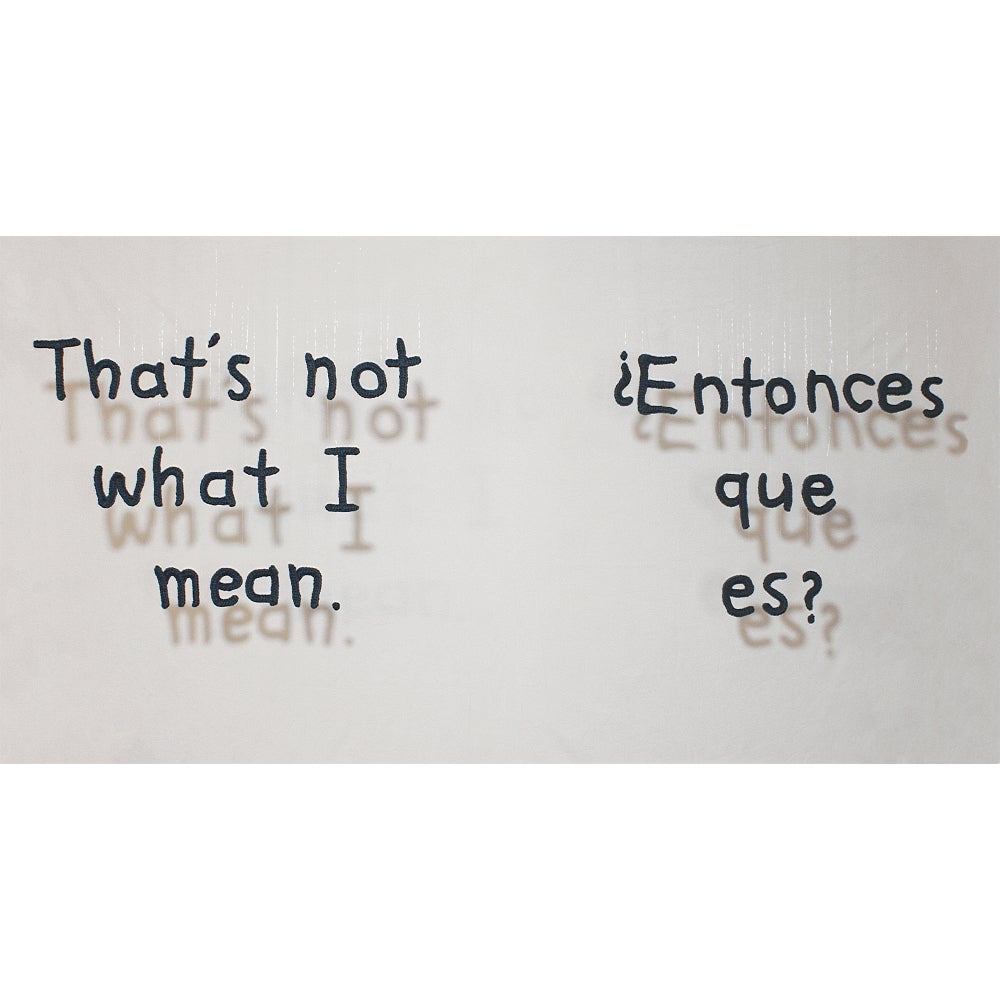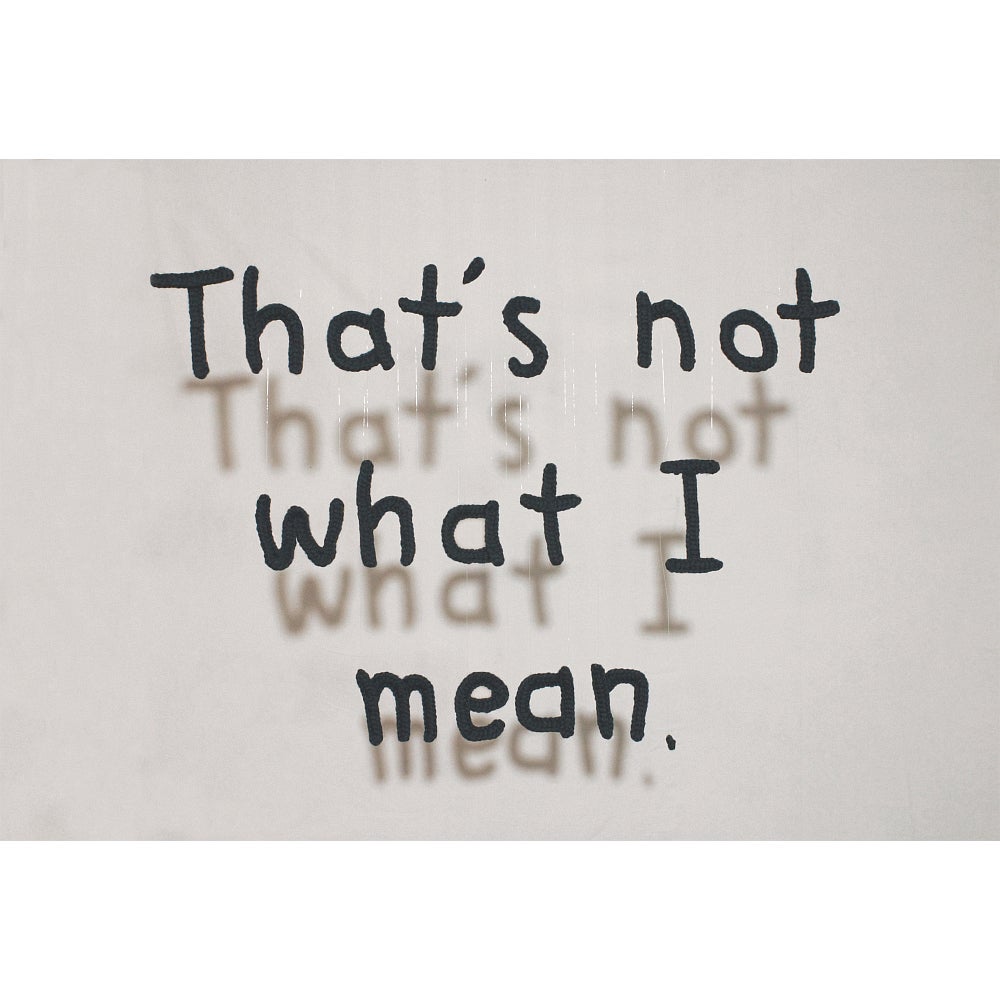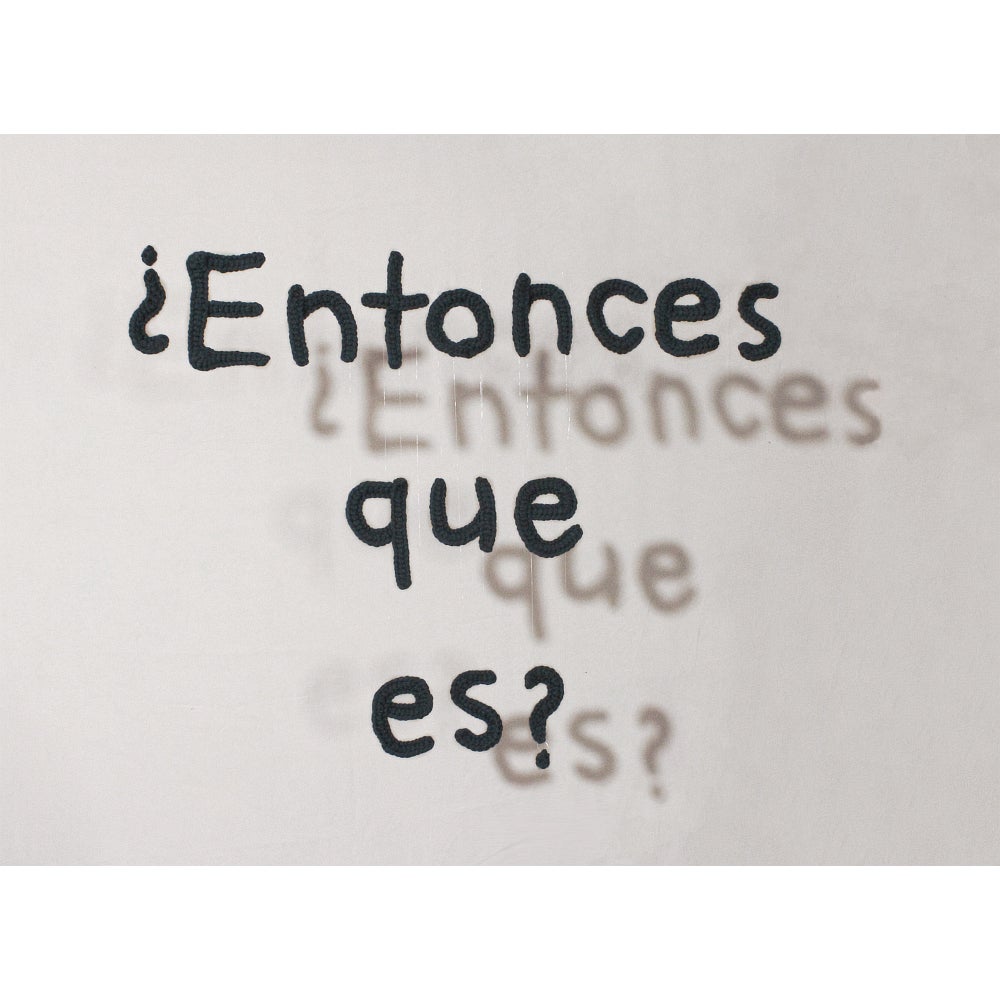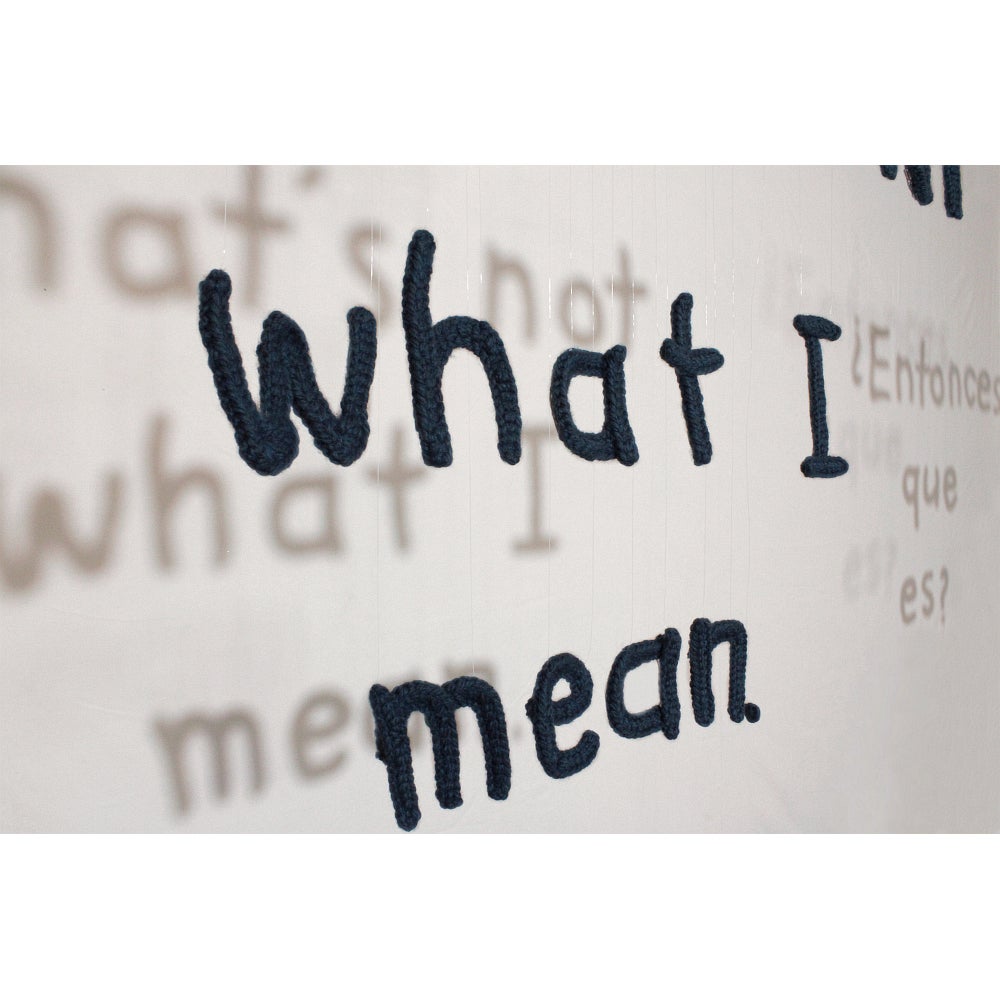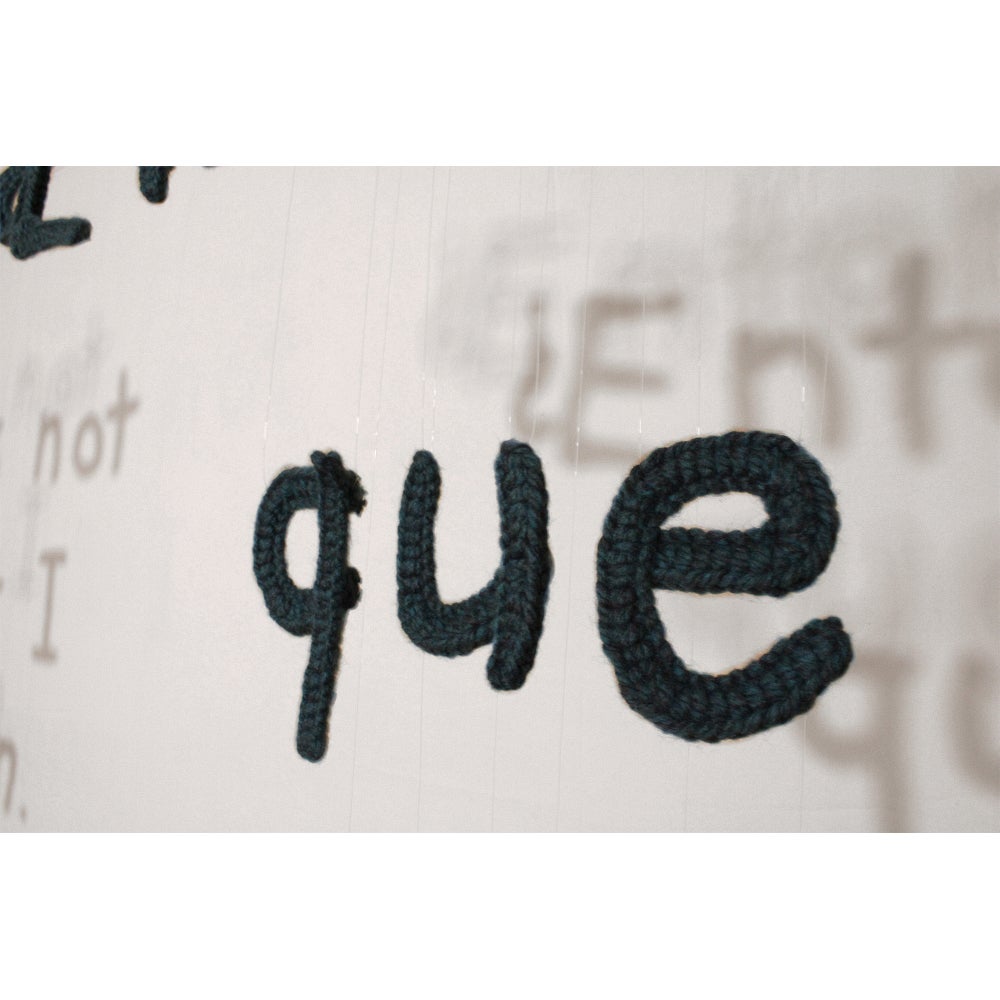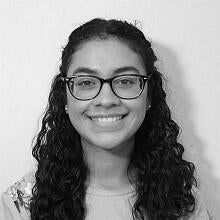
Email: lgguerre@uwaterloo.ca
Instagram: @lupitague.art / @lupita_1227
Lupita Guerrero is a multidisciplinary artist who navigates conceptual themes in traditional mediums such as painting, drawing, print, and textiles. She is majoring in Fine Arts with a minor in Honours Sociology. Her practice focuses on the narratives and challenges faced by immigrants within her own family as a form of personal understanding. Using self-reflection, she explores identity through a diasporic lens and aims to bridge a generational gap between herself and her parents. Lupita uses her own perspective to investigate both domestic and workplace environments in relation to cultural privilege. Her work ultimately serves as a societal intervention of racial minorities and their experiences.
Artist Statement
Dialogue between immigrant parents and their children can take on various forms, from sage advice based on experience, to a complete disconnect in understanding. As newer generations grow older and embrace Western values, it becomes increasingly challenging to bridge the gap between members of the family. The feelings involved with the cyclical nature of identity, career, and marriage conversations become all too familiar as they often remain unfinished. It transforms into a lingering frustration that hangs in the air, creating weight and tension. I find that my perceptions of traditional values and culture have begun to collide with those of my parents as some of our interpretations grow apart.
The installation Far from finished is an intervention of strained relationships due to the divide in conventional attitudes. It aims to contextualize the continuous effort of having to clarify one’s point wherein the other responds with confusion, generating stress. My statement on the left, “That’s not what I mean.” is one that I repeatedly use at home when speaking with family, often due to language barriers or because the concept is not one they were exposed to. On the right, “¿Entonces que es?” translates to “Then what is it?” as a means to emphasize how these discussions are not one-sided and met with apprehension. The process of crocheting each letter by hand lent itself to the notion of tedious, repetitiveness that is also present in these dialogues. Each stitch presented new difficulties, much like relationships, as I continue to explore labour through a familial lens.
Interview
Who are your greatest influences? What effect do they have on your thesis work?
My greatest influences revolve around my family and my personal experiences. I tend to navigate my art through family narratives and the ways that I interact with them as a Canadian citizen. There is a generational gap between my parents and I which often creates conflict in cultural understandings, so these encounters are often expressed in my work through various mediums. Some installations will depict interventions of domestic roles or the opportunities available for immigrants in the workplace, while others are more intimately portrayed. In my thesis, I am exploring my feelings of translation and the obstacles involved when there is a barrier between a parent and a child. I aim to elicit a sense of frustration that can result from these misinterpretations in a bilingual family.
What is your usual artmaking process like? What are your preferred mediums?
My process when creating art usually begins with a concept that I plan out through a variety of sketches and research. This is when I’ll determine the medium I would like to approach, as well as if a combination of text, imagery, or both will be used. In the case of textiles, I like to choose a bold colour of text that stands out against a lighter background, while other pieces require prints or camera work. I’ve recently enjoyed using embroidery as a means to display thoughts in the form of text, in addition to video because it’s an experimental new medium for me. Though I have done little of it lately, painting continues to be a passion of mine as it is a meditative process and I also hope to do more printing.
What made you want to pursue art?
I’ve enjoyed painting and drawing from a young age and continued to take art as an elective through high school. When I applied to Waterloo, I knew that there was potential to make a career out of my passion for it despite not fully knowing what direction I wanted to take it in. I often think about my first-year courses as the initial inspiration for committing to art because I was able to explore personal concepts and investigate broader political ones, which became a huge interest for me. My minor in Sociology fueled my motivation to investigate societal concepts and I attempted to integrate it into my work over the years. My undergrad in Fine Arts so far has taught me so much about vulnerability and aspects of my diasporic identity that I never reflected on before. It has been a really rewarding process to watch my practice grow.
What are your plans for the future? How do you see your work evolving?
Although I’m typically an intensive planner, the pandemic has somewhat hindered my ability to think long-term. I’ve been introspective about what I hope to do after graduation and I’m grateful I have had the opportunity to discuss these plans with friends and classmates. I would love to do more gallery work and pursue art full-time, though I also would like to be involved in the community to help guide others. I find myself very inspired by my own professors and I think that the support I’ve received as a student has motivated me to get my MFA and teach, as a means to fulfill my love for art and helping others navigate their artistic voice. In the future, I can see my work evolving to take on other approaches to family and personal relationships, as well as continuing to engage others in meaningful dialogue.
